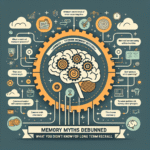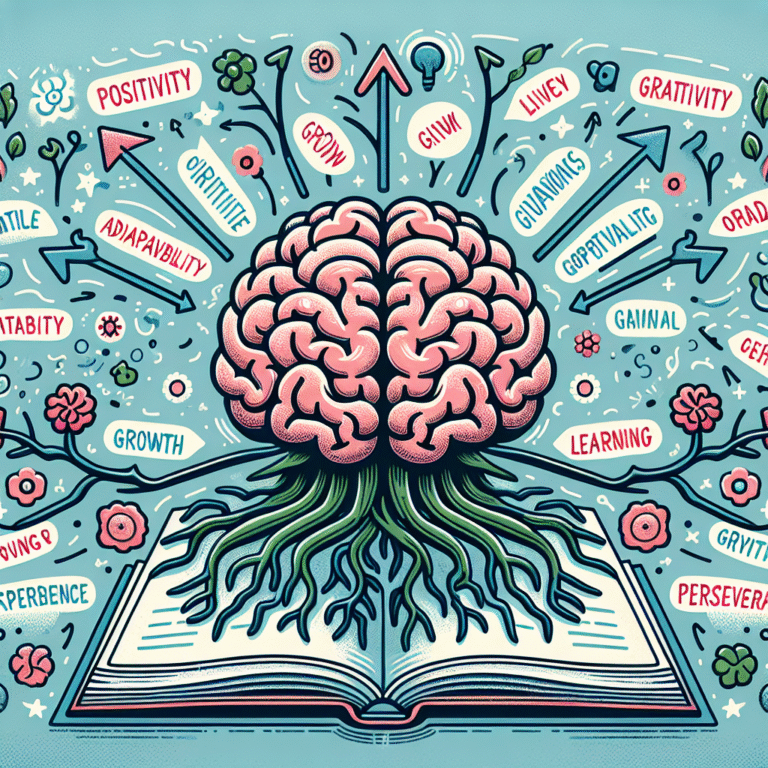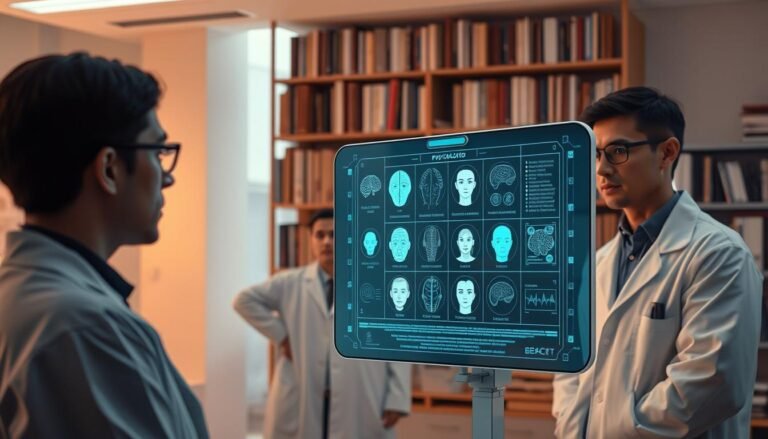
Introduction
Imagine walking into a packed classroom where students are not just absorbing information but actively engaging, sharing ideas, and learning from one another. This dynamic environment thrives on an invisible yet potent force: the power of observation. Understanding Social Learning Theory reveals how observation is a cornerstone of human behavior and development. This article delves into the nuances of this theory, illustrating how we learn not just from our actions but from the actions of others.
In today’s fast-paced, interconnected world, mastering the art of observation can elevate our personal and professional lives significantly. Let’s explore how understanding social learning can empower you to adapt and thrive in diverse environments.
The Foundations of Social Learning Theory
What is Social Learning Theory?
Social Learning Theory (SLT), originally developed by Albert Bandura in the 1960s, posits that people learn behaviors, attitudes, and emotional responses through the observation of others. Unlike traditional learning theories that emphasize direct reinforcement and punishment, SLT suggests that individuals can learn just as effectively by watching others.
Core Principles of Social Learning Theory
Attention: To learn through observation, one must first pay attention to the model. Factors influencing attention include the model’s attractiveness, the observer’s level of interest, and perceived relevance.
Retention: Observers must remember the behaviors they witnessed. This requires mental rehearsal and cognitive engagement.
Reproduction: After retention, individuals attempt to reproduce the observed behavior. This includes the actual enactment of the skill or behavior.
- Motivation: The desire to replicate what has been observed is influenced by external rewards, internal satisfaction, or observed consequences.
The Importance of Observation
Observational learning is pivotal in various contexts—from childhood development to professional training. For example, children learn social skills by watching their peers interact, while employees may adopt successful strategies by observing mentors or colleagues.
Real-World Applications of Social Learning Theory
Case Study 1: The Classroom Dynamics
In a recent study conducted in a diverse classroom setting, researchers found that students who engaged in group projects exhibited enhanced learning outcomes. By observing their peers, they adapted various approaches to problem-solving.
- Analysis: This case illustrates how collaborative learning environments leverage the power of observation effectively, confirming Bandura’s assertion that observation substantially contributes to learning.
Case Study 2: Corporate Training Programs
A multinational firm implemented an innovative training program where employees learned new skills by shadowing experienced colleagues. Feedback indicated a 30% increase in knowledge retention compared to conventional training methods.
- Analysis: This example underscores the practical implications of social learning in professional settings, showcasing how observation drives performance improvements.
Table 1: Benefits of Observation in Learning Environments
| Type of Environment | Benefits | Examples |
|---|---|---|
| Classroom | Enhanced peer interaction | Group projects, peer reviews |
| Workplace | Skill acquisition | Mentorship, job shadowing |
| Online Learning Platforms | Flexible learning | Webinars, video lectures |
The Mechanisms Behind Observation
Understanding the psychological mechanisms behind observation can provide deeper insights into its effectiveness. Key concepts include:
Modeling
Modeling is the process through which individuals mimic the behavior of others. This can be conscious or unconscious, driven by a desire to emulate success or simply by observation.
Vicarious Reinforcement
When individuals observe the rewards achieved by others, they become motivated to replicate those behaviors, thus driving the learning process.
Social Context
The social context in which observation occurs can significantly influence outcomes. Factors such as culture, environment, and social dynamics shape what behaviors are observed and learned.
The Power of Observation in Everyday Life
Everyday Learning
Human beings continuously learn from their surroundings—consciously and unconsciously—every day. From picking up new vocabulary to ingraining social norms, the act of observation is omnipresent.
Implications for Parenting
Parents play a crucial role in shaping their children’s behavior through observational learning. Children often imitate parental behaviors, making it imperative for adults to model positive actions and responses.
Overcoming Barriers to Effective Observation
Despite the evident benefits of observational learning, several barriers exist:
Distraction: In today’s fast-paced world, distractions can hinder effective observation. Techniques like mindfulness can improve focus.
Skepticism: Some individuals may doubt the efficacy of observational learning. Providing empirical evidence can alleviate these doubts.
- Lack of Professional Development: Industries might neglect the power of observation in training and development. Encouraging mentorship programs can address this gap.
Conclusion
The power of observation is a remarkable tool in understanding and leveraging Social Learning Theory. Whether in educational settings, workplaces, or personal development, observational learning empowers individuals to adapt and thrive. It underscores the idea that we are not just isolated learners; rather, we are part of a broader social fabric where learning from each other opens doors to new possibilities.
As you move forward, take time to observe the world around you. Engage, reflect, and apply the insights gained from others. Embrace The Power of Observation: Understanding Social Learning Theory in your journey towards continuous improvement and success.
FAQs
1. What are the key components of Social Learning Theory?
The key components include attention, retention, reproduction, and motivation, which are essential for effective observational learning.
2. How can Social Learning Theory be applied in the workplace?
Employers can implement mentorship programs, peer training, and collaborative projects to harness the power of observation among employees.
3. What role does culture play in observational learning?
Culture influences what behaviors are modeled and valued, affecting how individuals learn and adapt through observation.
4. Can observation lead to negative behaviors?
Yes, observational learning can also lead to the imitation of negative behaviors, particularly when individuals see those actions being rewarded.
5. How can one improve their observational skills?
Enhancing observational skills can be achieved through practices like mindfulness, active listening, and creating a conducive environment for learning.
Harness the strength of observation as you navigate through life’s experiences, using the insights from The Power of Observation: Understanding Social Learning Theory to enrich your journey.

















